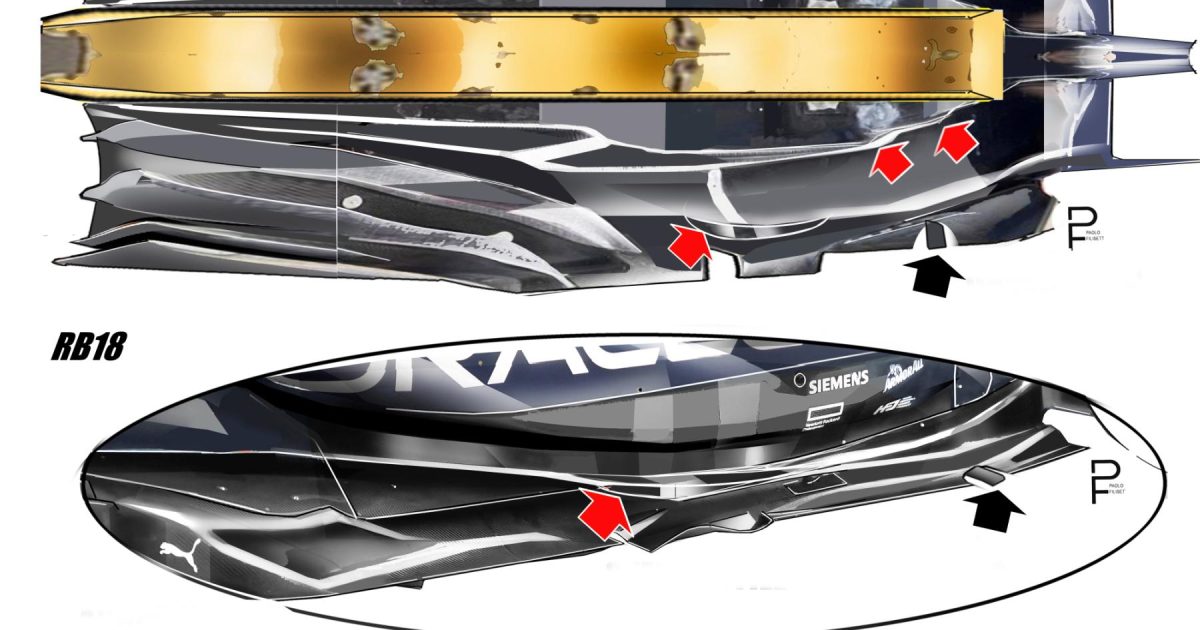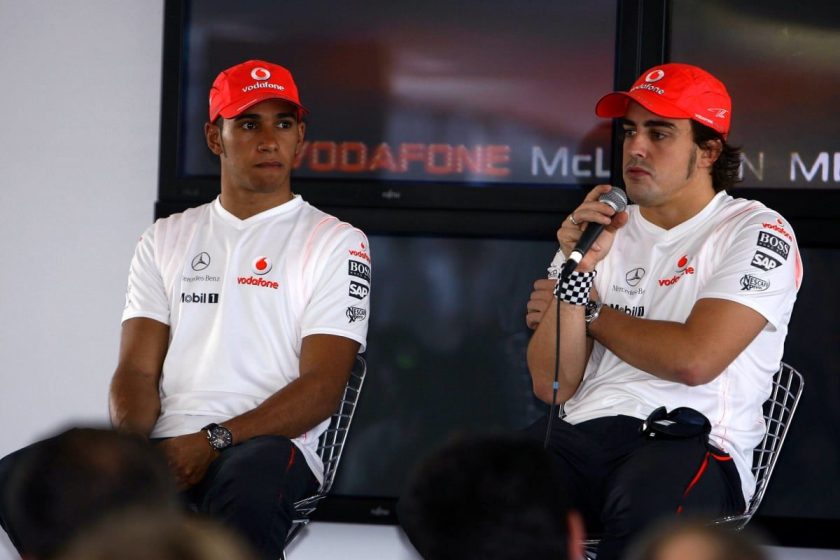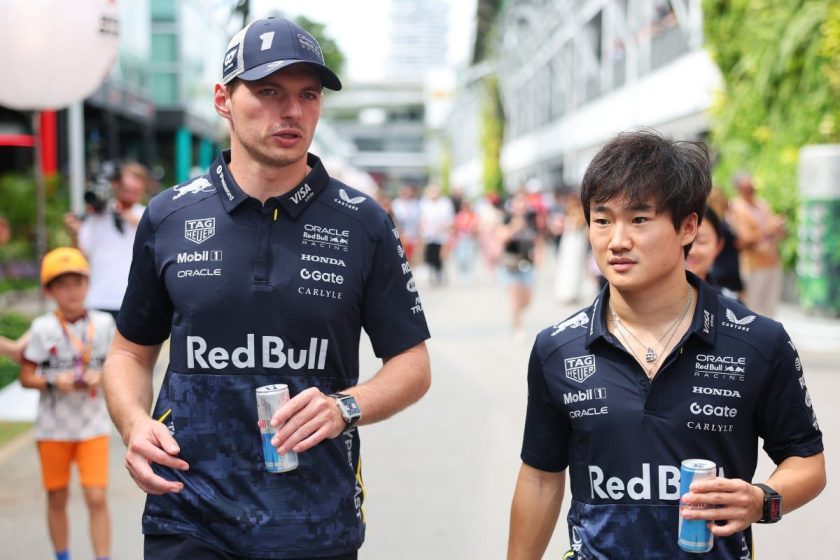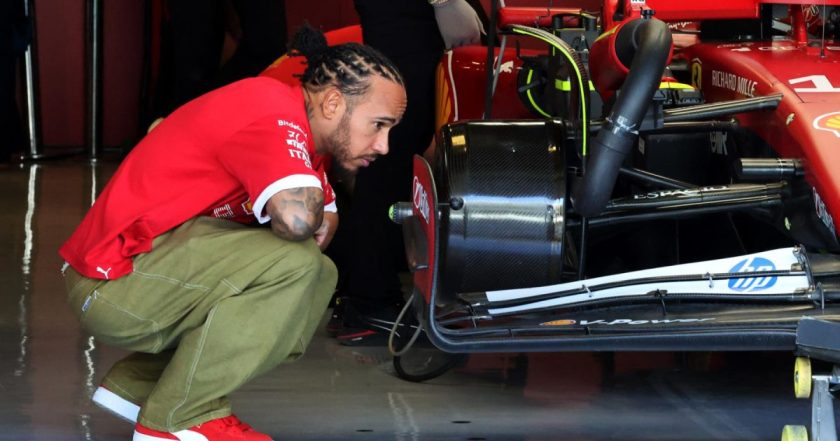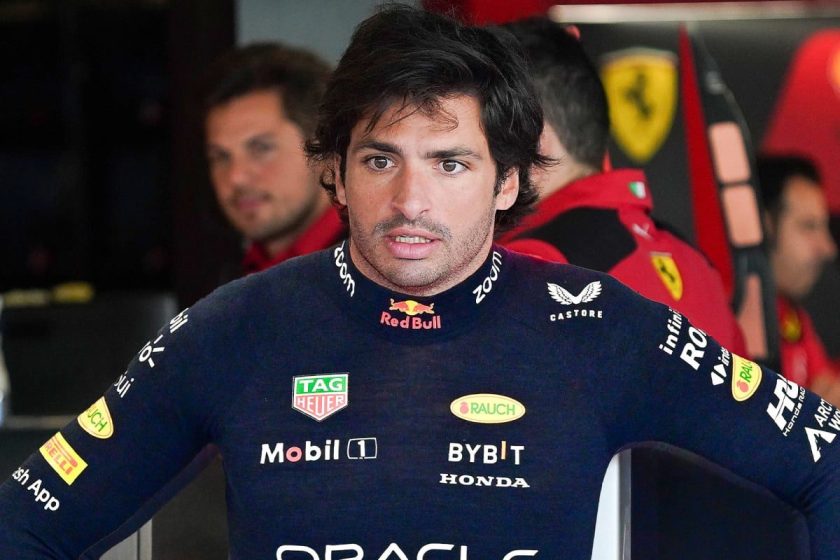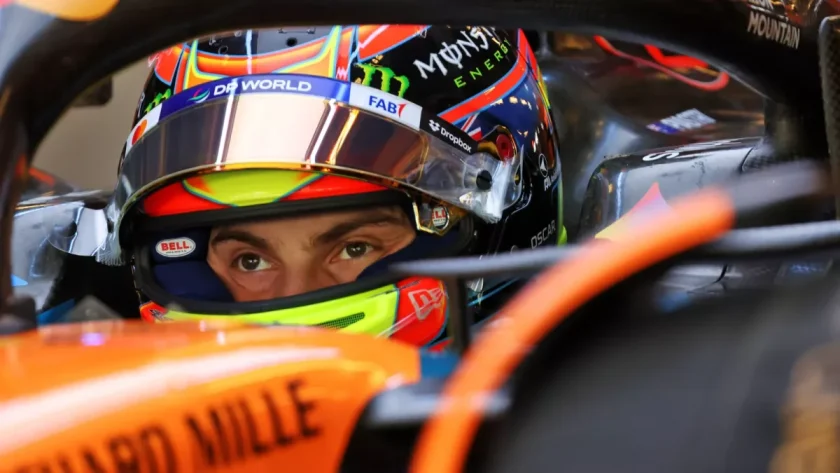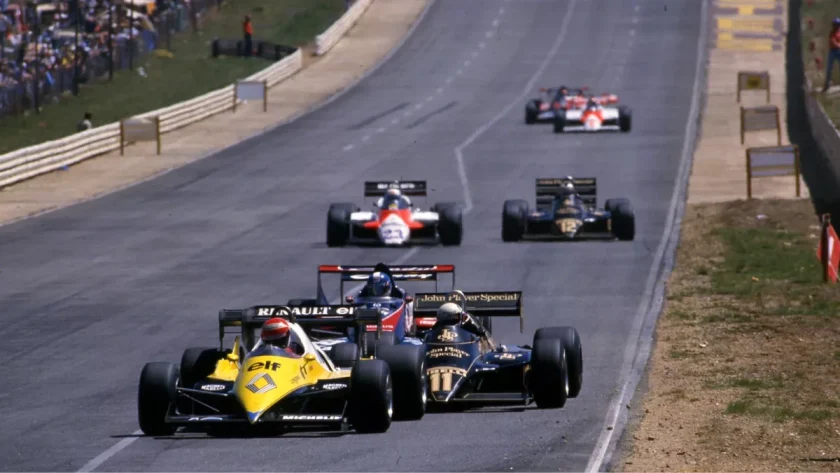P1racenews AI automatic summary:
Paolo Filisetti, technical analyst for RacingNews365, takes a look at all three championship cars of World Champion Max Verstappen.
Max Verstappen became a triple world champion in Qatar, solidifying his status as one of the greatest Formula 1 drivers of all time. However, his success relies not only on his incredible talent, but also on the performance of the car he drives. The driver-car combination is crucial, as evident when comparing Verstappen to his teammate Sergio Perez. In order to understand Verstappen’s championship victories, it is important to analyze the technical aspects of his cars.
In 2021, the RB16B, despite the “B” suggesting it was a transition car, showcased Red Bull’s high ambitions. It had extreme rear aerodynamics and a minimized gearbox, resulting in a sleek and fast car. A key factor in its aerodynamic tuning was the rake of the car, which allowed for a longer diffuser and more downforce compared to competitors, notably Lewis Hamilton and his Mercedes W12.
For the 2022 season, the RB18 was designed with the reintroduction of ground effects. Adrian Newey and his team utilized their expertise and knowledge gained from previous experiences to create a car that excelled in design and aerodynamics. Notably, the RB18 had complex Venturi channels under the car, as well as a pull-rod suspension system at the front, enhancing performance and reducing load transfer.
The RB19, an evolution of the RB18, brought the Constructors’ Championship back to Milton Keynes and was significantly lighter than its predecessor. However, its initial weight was a drawback, being 12 kilograms heavier than its closest rival. Although a lighter chassis was developed, it wasn’t ultimately used. Nonetheless, the RB19 still showcased impressive aerodynamic and dynamic concepts.
Overall, Verstappen’s championship-winning cars have demonstrated the importance of technical excellence and a strong driver-car combination in Formula 1 success.
Source: RacingNews 365
